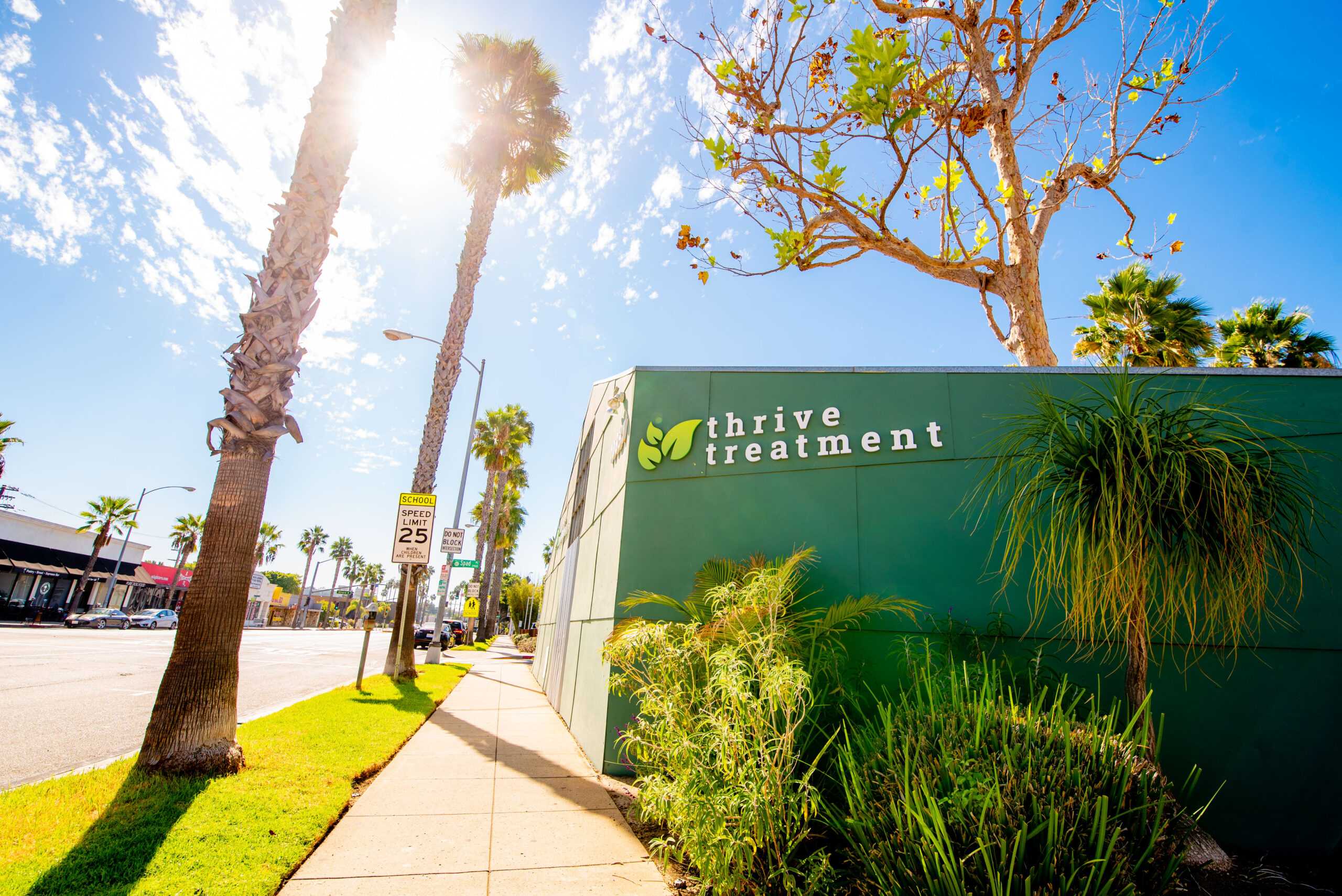Is is effective for addiction and substance abuse?
What is a drug intervention?
For many individuals struggling with substance abuse and addiction, the first step to recovery is an drug intervention. Interventions are used to address substance abuse and addiction related issues. Family, friends and loved ones confront the user with kindness, respect and honesty about how their drug use affects their lives. Drug interventions are carefully planned and typically done in group settings and with a professional drug intervention specialist. The goal of an intervention is to create and motivate positive change, expose any secrets, reduce denial, and push the individual to take their first step in recovery by getting help. An intervention has many advantages. The struggling individual may actually get help, loved ones can feel empowered, and interventions have a good success rate. The process of an intervention typically involves the following steps:
- Create a plan: A loved one consults with a professional and gets a group of other loved ones together. This group gets together before meeting with the individual struggling with substance abuse and addiction.
- Collect information: Loved ones get together and share information with the professional about the individual’s struggle with addiction and substance abuse. The professional (a social worker, therapist, drug counselor, interventionist), provides the loved ones with information on this disease. The group might then initiate an arrangement with a specific treatment center for the individual.
- Become a team: The group of loved ones then decides on the team of people who will participate in the intervention. Team members designate a time, date, and location of the intervention and how they will get the individual to come to the intervention without knowing what is taking place. Before the actual intervention, team members practice and rehearse their message and structured plan.
- Decide on what you’re willing to do: The professional will help members plan out consequences if the individual does not get help. Additionally, the professional will help members communicate in a non-emotionally charged way that is effective.
- Examples of how the addiction is a problem: Loved ones share specific examples of when the individual’s substance abuse and addiction created problems. Professionals encourage members to state facts and use “I” statements to convey the toll that the addiction has created.
- Hold the intervention: The actual intervention is held and conducted by the professional and loved ones. Each member shares their concerns, feelings, consequences and the changes they are willing to make. The recovery arrangement is then shared with the individual and the individual decides on whether they will go to treatment or not.
- Follow up: Loved ones are involved in the treatment process and make changes themselves that help promote the individual’s recovery.
Not all interventions are successful and unfortunately individuals struggling with addiction and substance abuse may deny help. If this happens, the team must be prepared to follow through with their stated consequences. It is important to remain hopeful but also prepared for refusal from the individual. Whether the individual accepts treatment or not, the group of loved ones can still make changes the don’t enable to the individual to continue using.
There are drawbacks to an intervention and some loved ones and professionals do not necessarily agree with the intervention process. Some of the drawbacks include:
- Interventions are emotionally charged and if not expressed appropriately, relationships can become even more damaged.
- The individual struggling with substance abuse and addiction may feel betrayed or ganged up on by everyone.
- Some of the team members might get cold feet and back out of the process, which decreases the effectiveness of the intervention.
- It is likely that the individual will show up under the influence which an affect the effectiveness of the intervention.
- The consequences may not be conducive to the individual’s needs. Depending on what the consequences are, the consequences may actually be detrimental to the individual struggling.
Arranging a drug intervention is an important decision to make and should not be taken lightly. It is important that this process is thought out, practiced and planned with a professional. Although there are drawbacks to an intervention, an intervention may be the thing that motivates an individual to recover and seek treatment.





